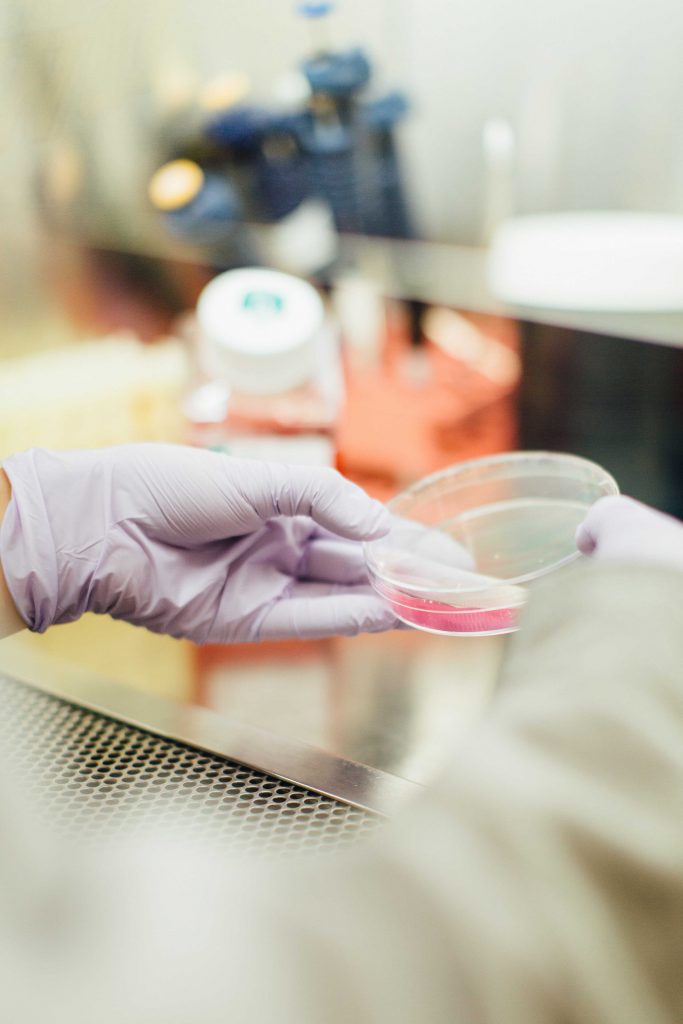Chemistry refers to the behavioral study of present matter that surrounds us with the help of experimentations and observation.
In most countries, the curriculum study of chemistry in schools encompasses theory and practicals. The theory provides students with literal forms of knowledge, and on the other hand, practicals connect the theories with physical reality. This makes experimentation a crucial part of chemical sciences as it plays a role in understanding the detailed complex interplay of chemicals.
The following are the most common chemistry tools, along with their uses.

- Volumetric flask.
Typically this chemistry tool is used in the laboratory to prepare solutions. It’s composed of a conical-shaped bulb attached to a lengthened neck with an engraved ring that is used as an indicator of a specific volume. It’s key to note that those flasks are typically made of borosilicate glass or plastic, therefore very convenient for deployment in the preparation of light-sensitive solutions. - Beakers.
These are the most commonly used chemistry tools, especially for chemical reactions. They are cylindrical in nature with a flat bottom and a top spout that pours the chemicals. These beakers are made of either plastic or glass, and they come in several sizes ranging from 5 to 100 milliliters. - Thistle tube
A thistle tube, also renowned as a thistle funnel, refers to a chemistry glass-wear with a long tubed shaft and reservoir with a flared rim at the top. They are usually used to place small quantities of chemicals in an apparatus, thus enabling the user to add new materials, especially for narrow-necked containers. In some cases, they reduce the speed of a reaction by lowering the possibility of substances gashing over. - Test tube racks
This chemistry tool is normally composed of a normal single perforated sheet arranged over a plain plastic or metal sheet that holds the test tubes upright. In some cases, they come with spaces to hold the tubes in a slanting position. It is vital to note that these tools are specifically deployed in an experiment that requires the use of more than one tube or in cases where the test tube must be stored uninterrupted for a given period. - Test tube holder
This is a device used for holding test tubes when heating them. It plays an essential role in providing the user with a safe distance between their hand and the heated tube, thus protecting the skin from burns caused by accidental chemical spillage. - Funnel
A funnel is a cone-shaped device used in laboratory experiments to pour liquids from one vessel to another without risks of spillage. These instruments are made of glass or plastic and come in various sizes. Typically, they can be used for any process requiring chemicals to be poured into beakers, flasks, test tubes, etc. - Graduated cylinder
A graduated cylinder also referred to as a measuring cylinder, refers to a long cylinder vessel used to measure amounts of liquids in chemistry labs. These types of tools are made of polypropylene and come in several dimensions with volumes ranging from 5ml to about 100ml. - Burette
This is a long cylindrical tube with a tap at the bottom and an inscribed volume scale along with one of its sides. It is normally mounted on a stand with clamps during experiments. It is widely used in providing control flow of reagents, especially during titration.